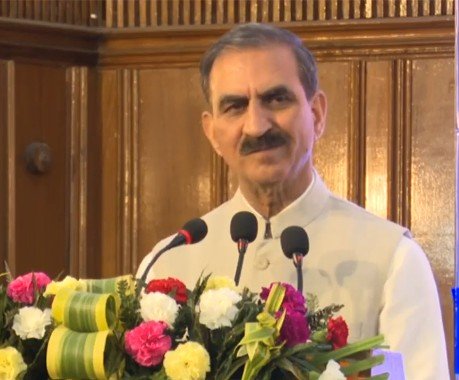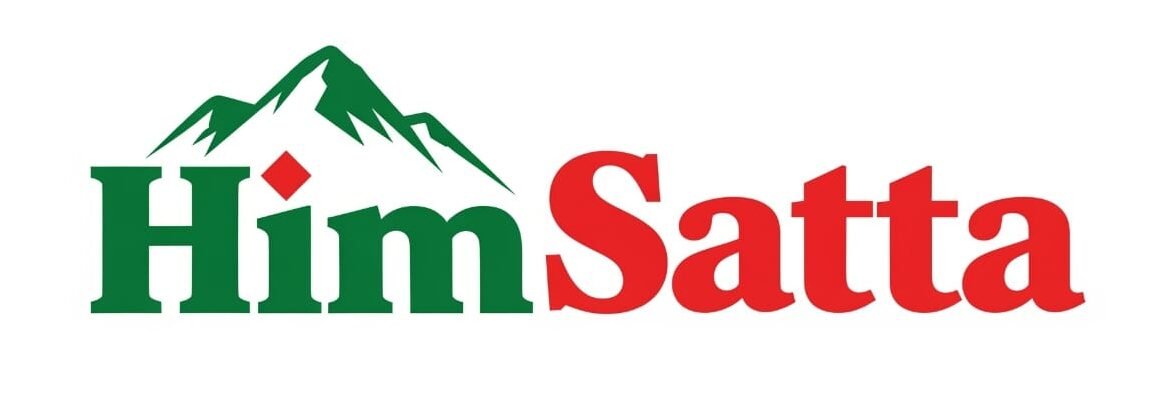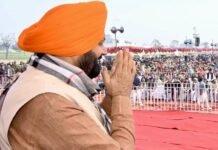Even as Himachal Pradesh reels under a deepening financial crisis, the state’s lawmakers have quietly secured a substantial 25% salary and pension hike—sparking fresh outrage from employee unions, fiscal experts, and citizens who term the decision “insensitive and ill-timed.” The move, approved just before Diwali through a Raj Bhavan notification, follows the passage of three amendment bills in March 2025 sanctioning similar raises for the Chief Minister, ministers, Speaker, Deputy Speaker, MLAs, and even former legislators.
Financial Hardship vs. Fiscal Generosity
The timing of the hike could not be more controversial. Himachal Chief Minister Sukhvinder Singh Sukhu had earlier acknowledged the state’s precarious finances—marked by a debt burden of over ₹95,000 crore and drastic cuts in central revenue grants. Facing fund shortages for employee salaries and post-disaster infrastructure restoration, his government had even deferred its own salaries for two months in mid-2024. Yet, legislators’ pay packages have continued to expand.[5][6]
Revised Salary Structure
The newly approved *Himachal Pradesh Legislative Assembly (Allowances and Pension of Members) Amendment Act, 2025* introduces automatic inflation-linked hikes every five years. The salary and allowance details are as follows:
| Position | Previous Salary (₹/month) | Revised Salary (₹/month) | % Increase |
|———–|—————————–|—————————–|————-|
| Chief Minister | 2.65 lakh | 3.50 lakh | 32% |
| Speaker | 2.55 lakh | 3.45 lakh | 35% |
| Cabinet Minister | 2.55 lakh | 3.10 lakh | 22% |
| Deputy Speaker | 2.50 lakh | 3.40 lakh | 36% |
| Legislator (MLA) | 2.10 lakh | 2.80 lakh | 25% |
| Former MLA Pension | 36,000 | 50,000 (Base) | 39% |
Alongside these revisions, ex-legislators will now receive ₹1.29 lakh monthly (including DA) instead of ₹93,000. New provisions also ensure an automatic five-yearly salary escalation tied to the cost inflation index, eliminating the need for parliamentary approval in future sessions.
Cuts in Allowances, Yet Higher Pay
The government has simultaneously withdrawn select perks—including telephone, electricity, and water allowances—claiming these offsets would balance the additional expenditure. However, critics argue the hike will still impose an annual financial burden exceeding ₹25 crore on the exchequer. Office and constituency allowances, meanwhile, have climbed from ₹90,000 to ₹1.20 lakh per month.[7]
Political, Public and Economic Fallout
Public sentiment, already strained by the state’s rising debt and delayed post-disaster rebuilding, has turned sharply critical. Opposition parties and civil society groups have dubbed it “an indulgence at public cost.” Economists warn that the raise undercuts fiscal prudence at a time when the government struggles to meet employee pension liabilities and disaster recovery obligations.
The decision also exposes the political paradox: in a state where even the Chief Minister deferred his pay citing fiscal distress, legislators have secured some of the steepest hikes in India. With the amendment now enforceable by law, the next raise—set for automatic review in 2030—could deepen the gap between the state’s financial realities and its political priorities.
Himachal’s story now stands as a cautionary tale of governance optics—where symbolism of restraint gave way to the politics of entitlement, raising uncomfortable questions about accountability in times of economic fragility.





